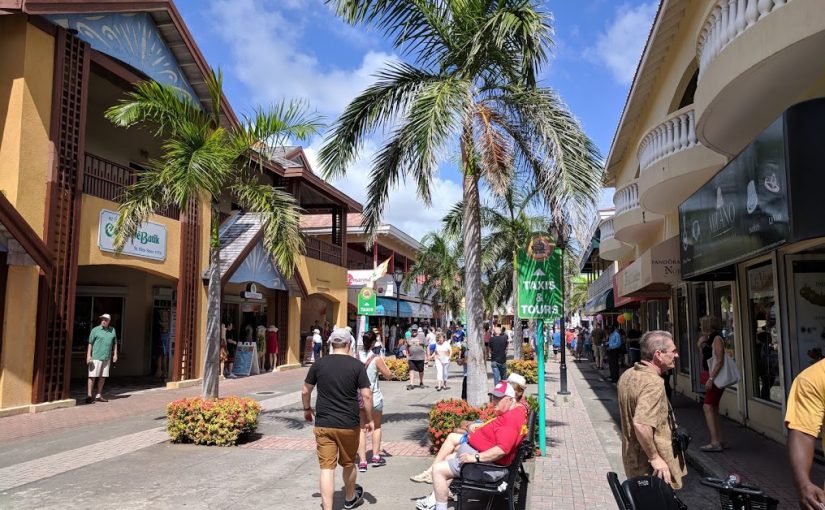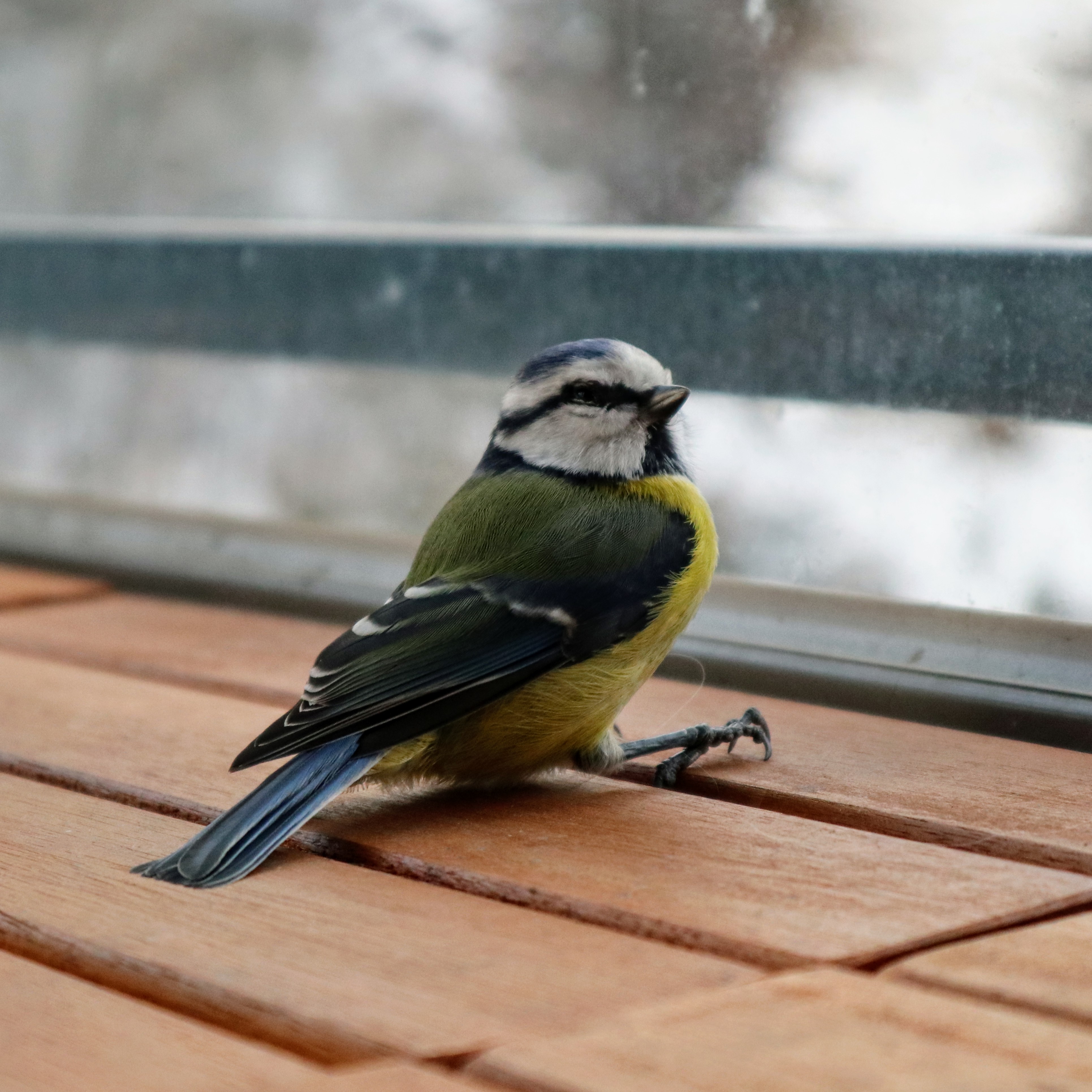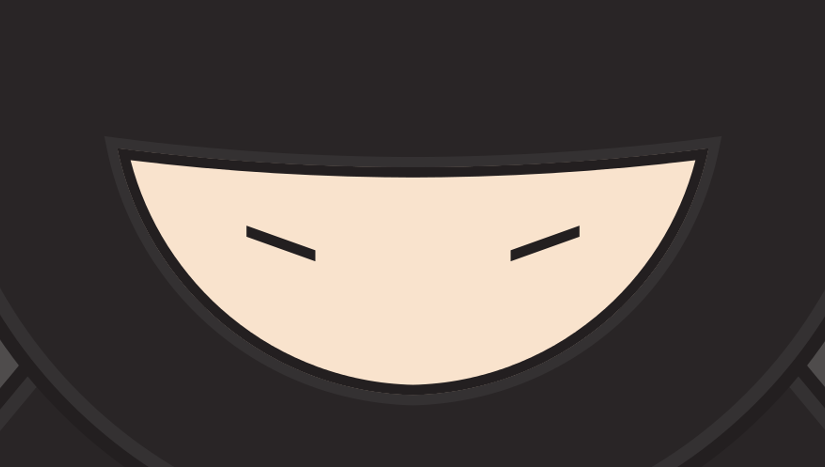Background
For the last few months I’ve been slowly building out my home automation system, based on Home Assistant. I have a couple of basic requirements for anything I add to it: It shouldn’t break the bank, and I don’t want any cloud features. For one thing, I don’t want my devices to suddenly stop working because of service disruptions, bankruptcy or outright planned obsolescence, but more importantly: I want to control my personal data.
I have a couple of other guiding principles as well: devices and systems based on open source is preferred, and whenever that is impractical, the stuff I buy should at least be based on industry standards. No walled gardens, please!
For instance I ended up with IKEA Trådfri for my lights, partly because of this short review by Matthew Garrett. I’ve successfully mixed and matched light bulbs from IKEA and Philips. I’ve also invested in a USB stick for Z-Wave integration.
So when I started looking for ways to add some cameras to the system, I quickly realized that «reasonably priced» and «no cloud» don’t mix. There are some awesome networked cameras out there, especially the Xiaomi Xiaofang/Wyzecam devices have impressive specs and are surprisingly affordable. Too bad that they also come with those pesky clouds (though there are ways to turn that stuff off). I could have gone with more traditional surveillance cameras from companies like Axis or Planet, but they are much pricier, and would generally require a wired connection.
So I gave up looking for my dream camera, partly because I finally had an excuse to start messing around with Raspberry Pi and its Camera Module V2!
Fortsett å lese Using a Raspberry Pi as a surveillance camera in Home Assistant









